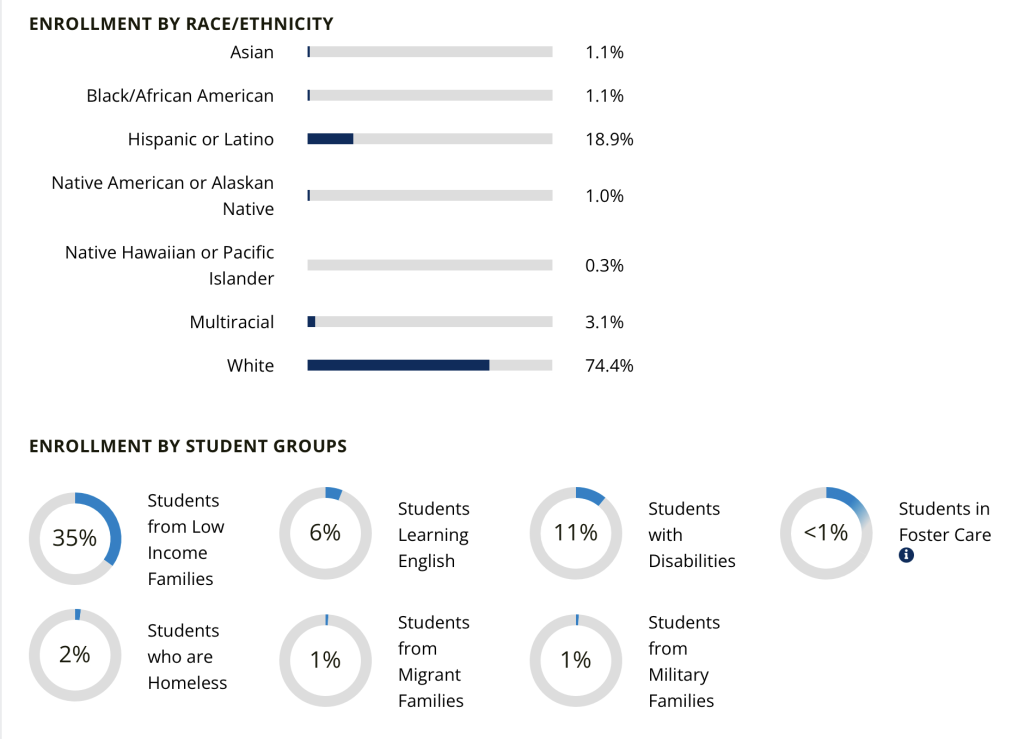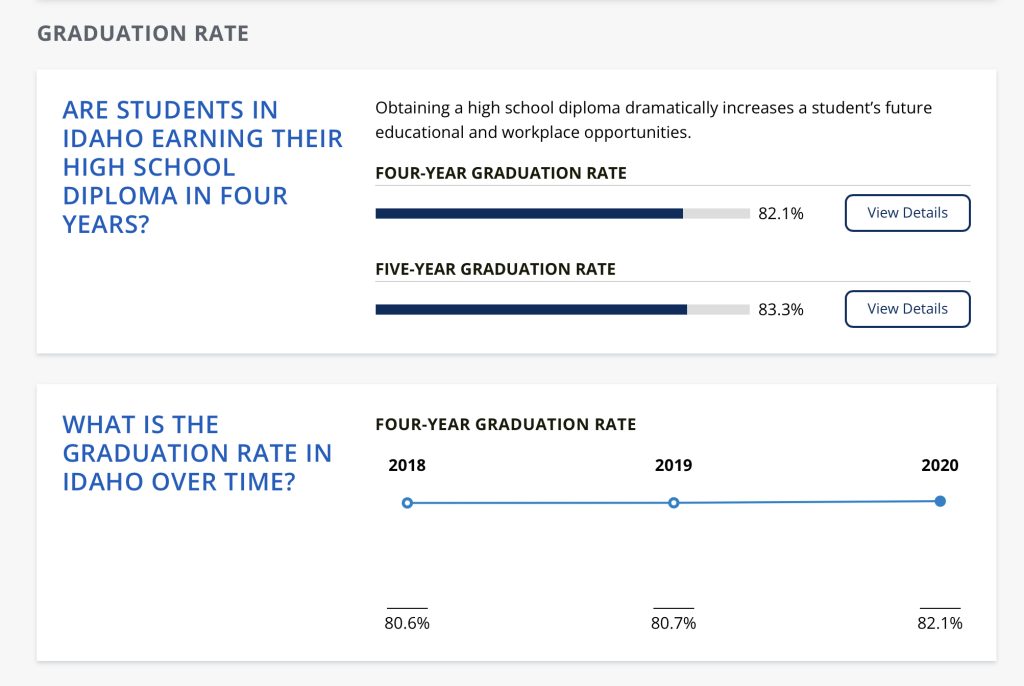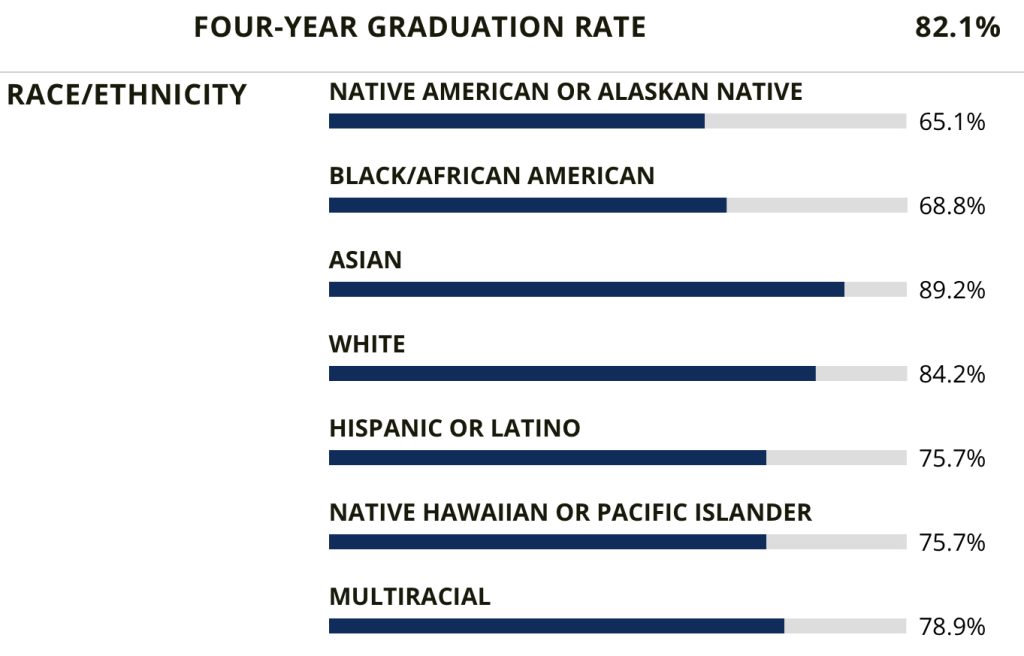 Learning Objectives
Learning Objectives
- Students will gain a deeper understanding of contemporary policy debates by applying and transferring basic knowledge developed as a whole class to a unique case.
- Students will develop research and documentation skills that enable them to gather and share information responsibly.
- By comparing the state one is studying to others that are studied in class, students will gain an appreciation of the diversity of educational policies throughout the U.S.
Important Figures:
- Total public school student population
- For the 21-22 school year, 303,803 students attended Idaho public schools (1).
- Total state public education budget
- Up from last year’s budget, Idaho has dedicated 2.1 billion to public education in the 21-22 school year, as per Gov. Brad Little’s and State Superintendent Sherri Ybarra’s request (2).
- Public v. private school attendance
- 5.92% of K-12 students attend private school in Idaho. A number close to 19,120.
- Average per pupil expenditure
- $7,771 (3).
- High/low per pupil expenditure within state
- $6,809 – $9487 (4).
- Average national per pupil expenditure
- $14,840 (5).
- Student demographics

- Graduation rates
- Average teacher salary
-
- $53,100 (7).
-
- Presence of teachers unions/collective bargaining (e.g., AFT/NEA)
Data Analysis:
In two to three paragraphs, address the following questions:
- Based on the data you’ve collected, why do inequities persist in your state?
- What evidence did you see of the state addressing or overcoming inequities?
In two to three paragraphs:
· Describe and analyze one particular trend or education-specific event in your state
· Make sure to contextualize this trend or event within the big picture you’ve created from your data analysis.


